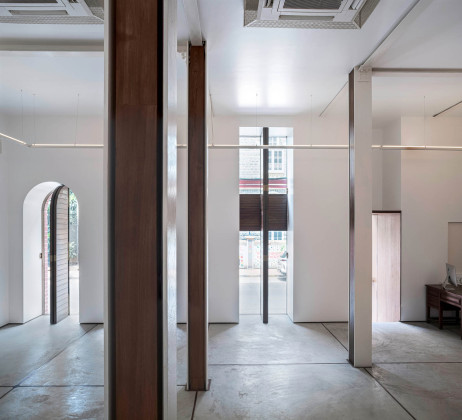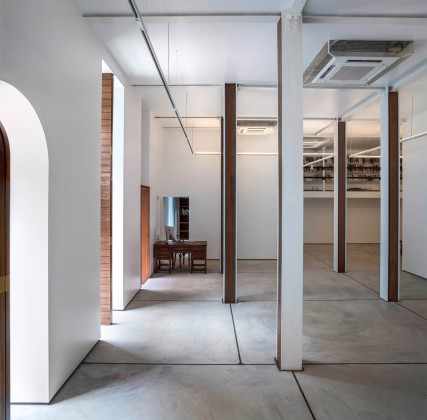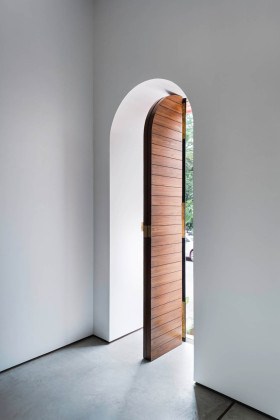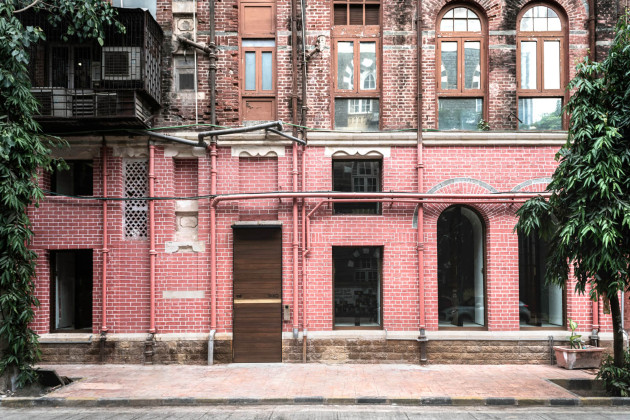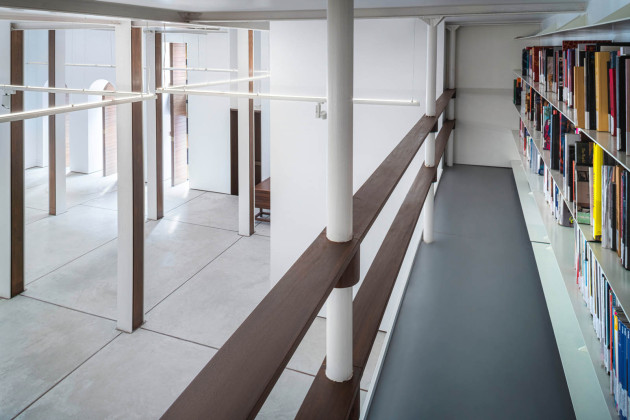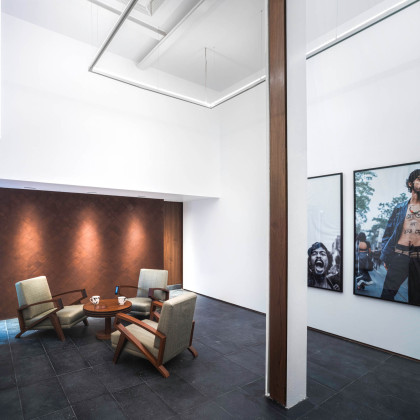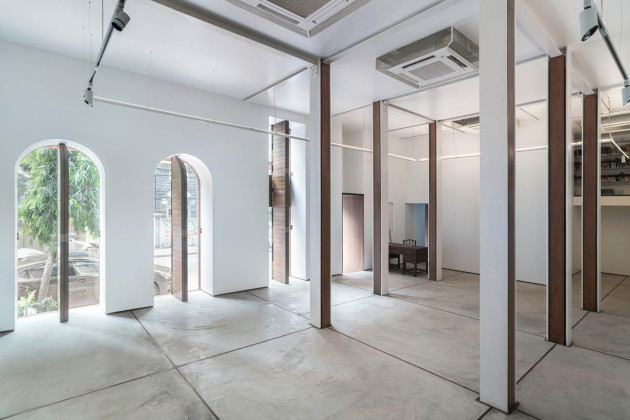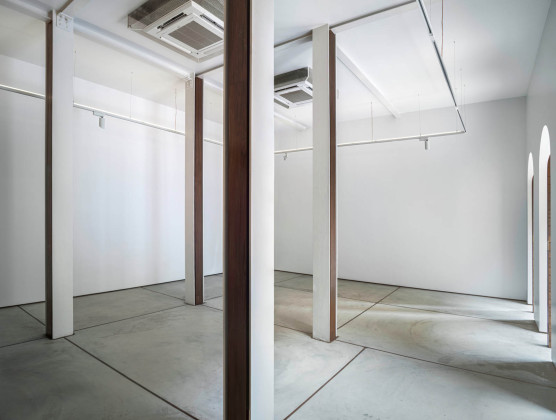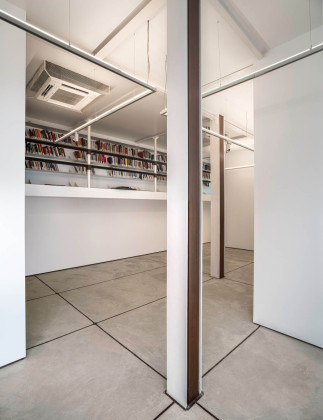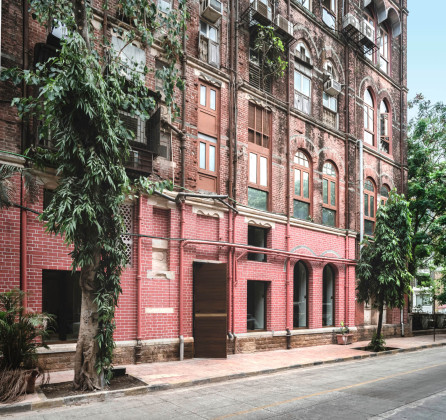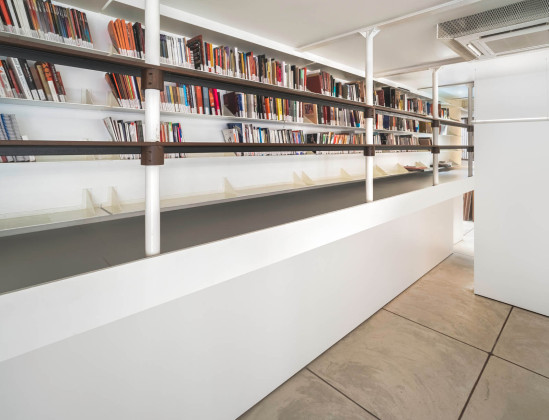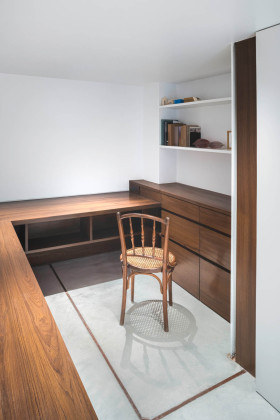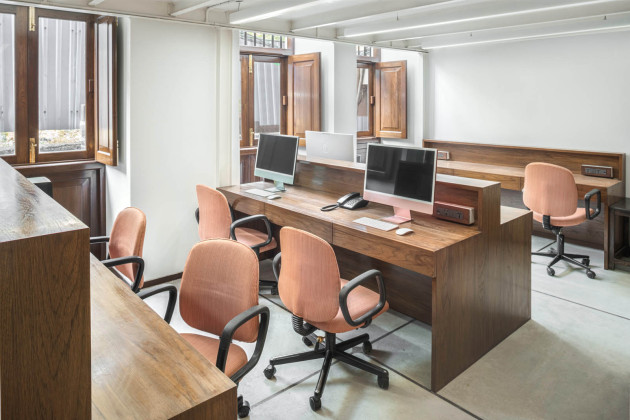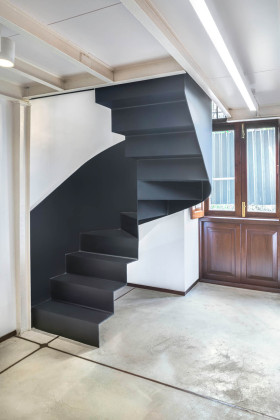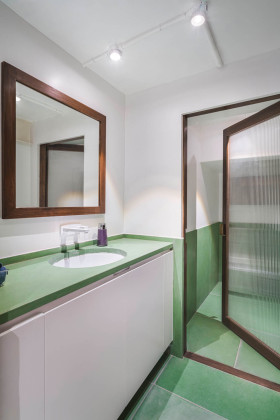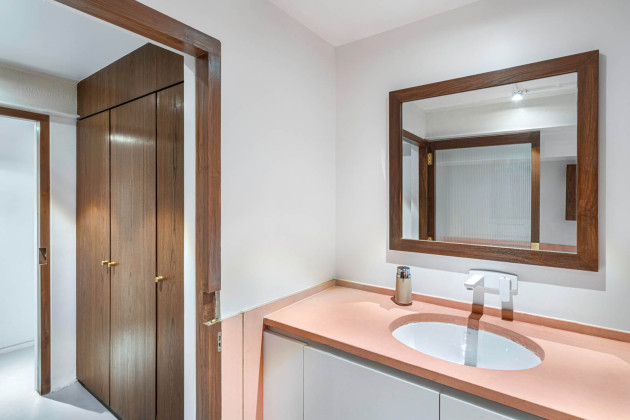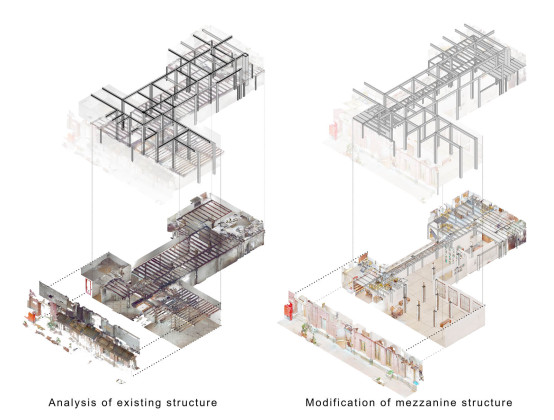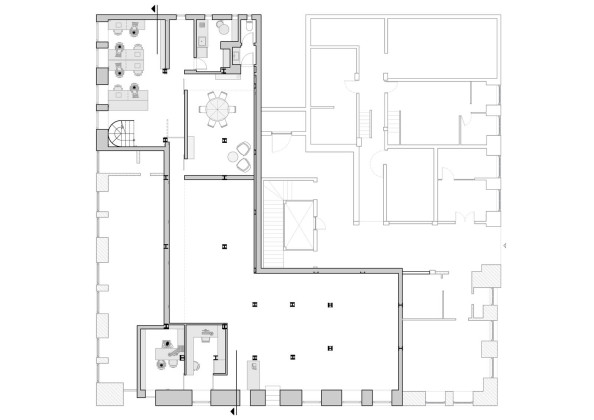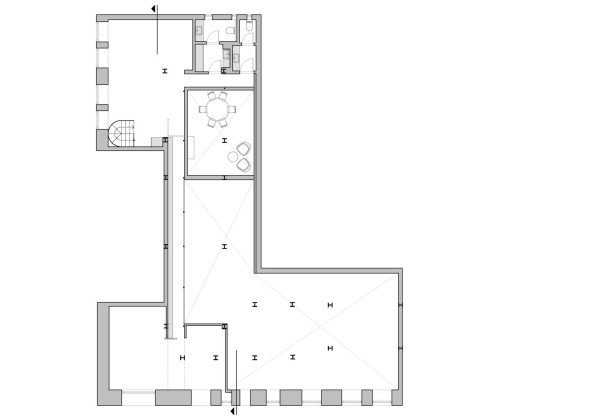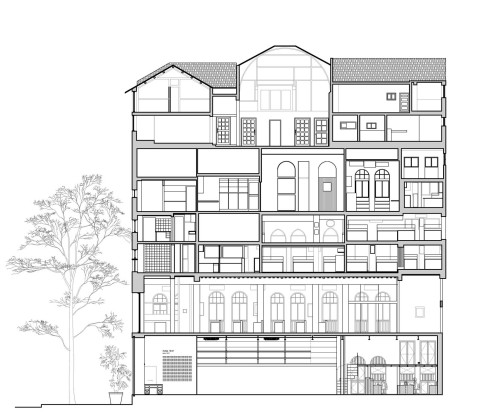Tarq Gallery
Designed by Squareworks, Tarq is a contemporary art gallery project, located between two significant and historical urban fabrics of Mumbai. The site is on the ground floor of a 120 year old building sitting at the eastern edge of the Victorian Gothic style urban fabric, and to the west across from maidan, art deco architecture built between the 1930s to 40s reflecting the modern movement and development of Mumbai. The restoration and transformation of this historic structure into a contemporary art gallery space required careful consideration of its historical significance and integration with modern elements.
During the design process, the foremost objective was to pay attention to the building's rich history, while infusing it with a fresh and contemporary aesthetic that characterizes the contemporary art gallery. The initial consideration was to introduce abundant natural light by restoring the original openings within the thick brick masonry structure. The underlying steel columns and beams supporting the lofty 14-foot-high ceilings of the gallery emphasize the verticality of the space. This was accomplished by highlighting the columns with wood filler, creating a visually striking manifestation of the building's structural elements.
A feature that emerged during the design process was incorporating a Corten steel wall. This addition served a dual purpose, paying tribute to the building's historical heritage while incorporating the brand identity of TARQ. The desire to infuse the windowless conference room with TARQ's signature crimson red led to exploring various options. The choice of Corten steel was driven by its ability to coexist with the original steel structure, imbuing the space with bold materiality and a textured aesthetic.
Preserving the values of the heritage building was a concern during the restoration process. The efforts in that regard included restoring the original wooden windows on the north part of the facade and employing skilled carpenters. On the west facade, as there was no evidence of original window frames, the existing openings were retained, and new window frames and shutters with central axial hinges were installed. This careful preservation work not only respected the building's architectural legacy, but also introduced new elements that enhanced visibility from inside and outside the gallery space.
Another design decision motivated by the original building structure was the deliberate choice to expose the steel beams rather than concealing them behind false ceilings. These structural elements stand independently of the gallery space to remain visible, maintaining the coexistence of different eras and systems. This design choice served as a testament to the historical significance of the building, while offering a visual representation of its integration within the overarching design narrative.
The design approach undertaken for this project exemplified a deep respect and appreciation for the heritage of the old building. By fusing modern elements, optimizing natural light, and employing custom carpentry and fabrication, the space was transformed into a contemporary art gallery that eloquently reconciles the past with the present. Incorporating the Corten steel tile wall not only honoured TARQ's brand identity, but also celebrated the building's historical legacy. Through meticulous attention to detail and the preservation of intrinsic values, the resulting gallery space is a testament to the harmonious coexistence of history and modernity.
 22.03.2024
22.03.2024



